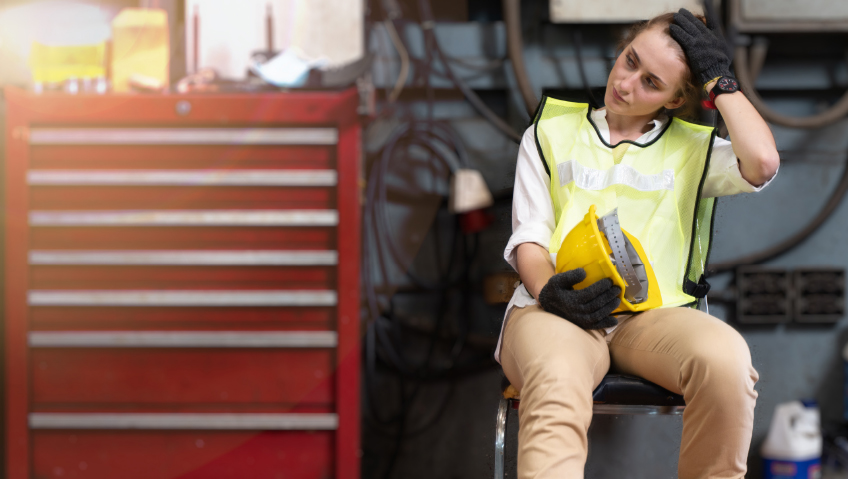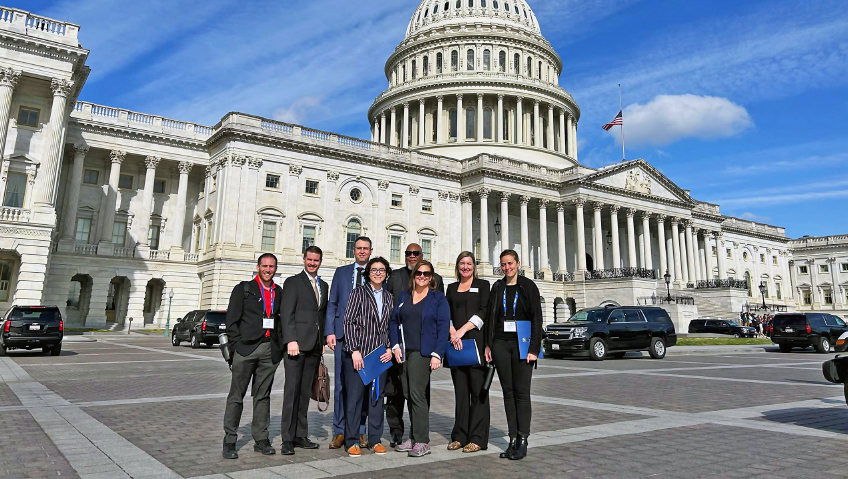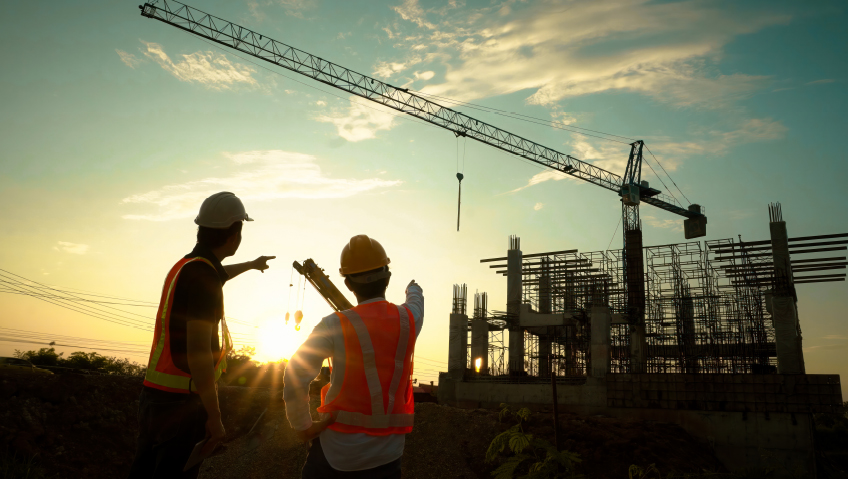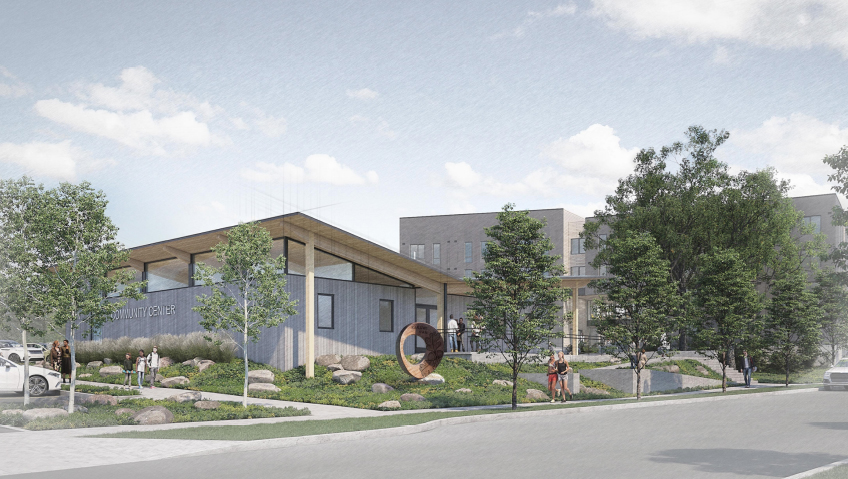It’s no secret that the construction industry is fraught with countless risks and dangers, but one of the greatest threats to the health and safety of construction workers might not be what you’d expect.
From the fear of jobsite risks of physical injury and death to musculoskeletal deterioration due to the physically demanding and repetitious nature of the work—not to mention adverse conditions, long hours, short seasons and layoffs, and high-pressure situations and timelines—the industry is hard on workers’ bodies and minds.
There are countless economic, societal, organizational, and individual determinants that can and do impact a construction worker’s health and well-being, which is why greater efforts are being taken industry-wide to shine a light on the single greatest risk being faced on construction sites everywhere: mental health and suicide.
Understanding the impacts
Mental health, according to the World Health Organization (WHO), “is a state of mental well-being that enables people to cope with the stresses of life, realize their abilities, learn well and work well, and contribute to their community. It is an integral component of health and well-being that underpins our individual and collective abilities to make decisions, build relationships and shape the world we live in.”
The WHO also notes that mental health is not always characterized by the absence of disorders alone. It is a continuum that includes mental disorders, psychosocial disabilities, and other states that result in negative experiences.
Mental health issues do not discriminate; they can impact anyone in any industry at any time. Issues can range from depression and anxiety, to eating disorders, drug and alcohol abuse disorders, and worse—risk of self-harm or suicide. In fact, according to the Centers for Disease Control and Prevention (CDC), construction has one of the highest rates of suicide behind only mining at 53.2 suicides per 100,000 people. This is four times higher than the general population.
What is more, construction workers die more by suicide annually than the Occupational Safety and Health Administration’s (OSHA) fatal four jobsite accidents, with the loss of a construction worker every one and a half to two hours—but these are not likely recorded as construction-related fatalities.
A 2020 study by Construction Industry Rehabilitation Plan indicated that 83 percent of construction workers surveyed have experienced some form of moderate to severe mental health issue. The U.S. alone has eight million construction workers, so 83 percent is not an insignificant amount. The same year, a study by the International Foundation of Employee Benefits across 35 Canadian apprenticeship programs found that 68 percent reported suffering from anxiety disorders, 51 percent reported being depressed, and 46 percent reported alcohol or drug abuse.
Construction workers indicate high rates of drug and alcohol abuse, which is intrinsically linked to greater job safety risks. Certainly, childhood trauma and other factors influence these figures, but there are construction-specific issues that exacerbate drug and alcohol use. A study on Suicide Risk and Mental Disorders by Louise Brådvik showed that, generally speaking, 90 percent of people who die by suicide typically have a pre-existing mental health condition, but that doesn’t mean that the conditions in the construction industry have no role to play.
Chronic pain and high rates of musculoskeletal disorders caused by workplace injuries or repetitive strain injuries from doing the same work for years are among the leading causes of addiction in the construction industry. Many workers are prescribed drugs to help with pain and it often results in dependency. Construction is ranked first in pain reliever abuse, marijuana use, and heroin use of all industries and a study conducted by the Ontario government looking at opioid deaths by profession between 2017 and 2018 found that 31 percent were construction workers.
These staggering figures are why more is being done to overcome stigmas surrounding mental health, to encourage more people to report the need for support while ensuring the provision of support is available when needed.
How to improve mental health outcomes in construction
When it comes to mental health in the workplace, employers have a duty of care to offer benefits and support to workers and luckily, most organizations see the value in investing in improving mental health outcomes.
One of the barriers to accessing mental health resources and support is a failure to report. A 2021 study by the American Psychiatric Association Foundation’s Center for Workplace Mental Health revealed that only 17 percent of workers feel comfortable openly discussing their mental health struggles with a supervisor and the figure grows by only one percent when it comes to speaking to a co-worker.
From organization-wide campaigns to improved employee assistance programs (EAPs) and targeted toolbox talks for workers on site, there are many ways to meet workers where they are to ensure that their mental health and well-being is prioritized alongside their physical safety.
Other strategies that can be employed include:
Early intervention. Be sure to watch for indicators of dysfunction. Warning signs could be grievances, injury claims, EAP utilization, staff turnover, loss of productivity and problem-solving ability, an increase in conflicts, more near hits, incidents, or injuries, and lateness or absenteeism.
Combat the stigma. One of the most vital changes employers must make to address mental health outcomes in construction is to eliminate the stigma that comes with seeking help for mental health challenges. An effective way to do that is to change the culture that prevents workers from coming forward to seek resources and support. In a culture that has been historically viewed as hypermasculine, it may require the shedding of this image in favour of a more empathetic and compassionate approach.
Reduce the risk of injury. Mental health impacts all levels of an organization and can send ripple effects from the executive level to the job site. As such, it must be taken as seriously as physical safety and integrated into a company’s health and safety plan. By establishing clear policies and procedures to follow, including the standardization of accommodations and a flexible return to work plan, employers can improve access to resources and support while safeguarding the health and well-being of their people and jobsites.
Train your staff and designate mental health and safety leaders. It is time to start treating mental health as part of a company’s overall health and safety program. Staff should be trained and representatives designated as a point of contact to ensure that employees have access to effective care and support. This chain of support creates a system of monitoring to ensure that a bridge is created between the worker and available resources.
Be willing to improve. At the end of the day, to improve mental health outcomes in the workplace, be it in construction or any other industry, the most important thing to do is to evaluate and improve at every opportunity, being proactive rather than reactive when it comes to mental health as part of a worker’s overall well-being. By focusing on work-life balance, education and awareness, and outreach, the culture of the construction industry will change to reflect a more open, accommodating field where workers feel comfortable reporting and can navigate the resources and support available to them.
Acknowledge the impact. Increasingly, employers are heeding the call to improve mental health in construction. By acknowledging that mental health is a safety risk in itself, we can work together to improve outcomes and institute the many small changes that amount to a comprehensive approach. Mental health outcomes can be improved across the entire sector, and most importantly, lives can be saved.
Sidebar:
Resources for Help
This year, Construction Suicide Prevention Week is being held September 9 to 13, 2024, which is a great opportunity to shine a light on resources and support available to workers.
If you are struggling with your mental health and require immediate support, there are resources to consult:
Online chat: 988lifeline.org/chat
National Suicide Prevention Lifeline: 1-800-273-TALK (8255)
If you are interested in learning more about available resources for your organization, you can visit OSHA’s Preventing Suicide in Construction page: Preventing Suicides in Construction | Occupational Safety and Health Administration (osha.gov) or the Construction Industry Alliance for Suicide Prevention: CIASP Home (preventconstructionsuicide.com).






